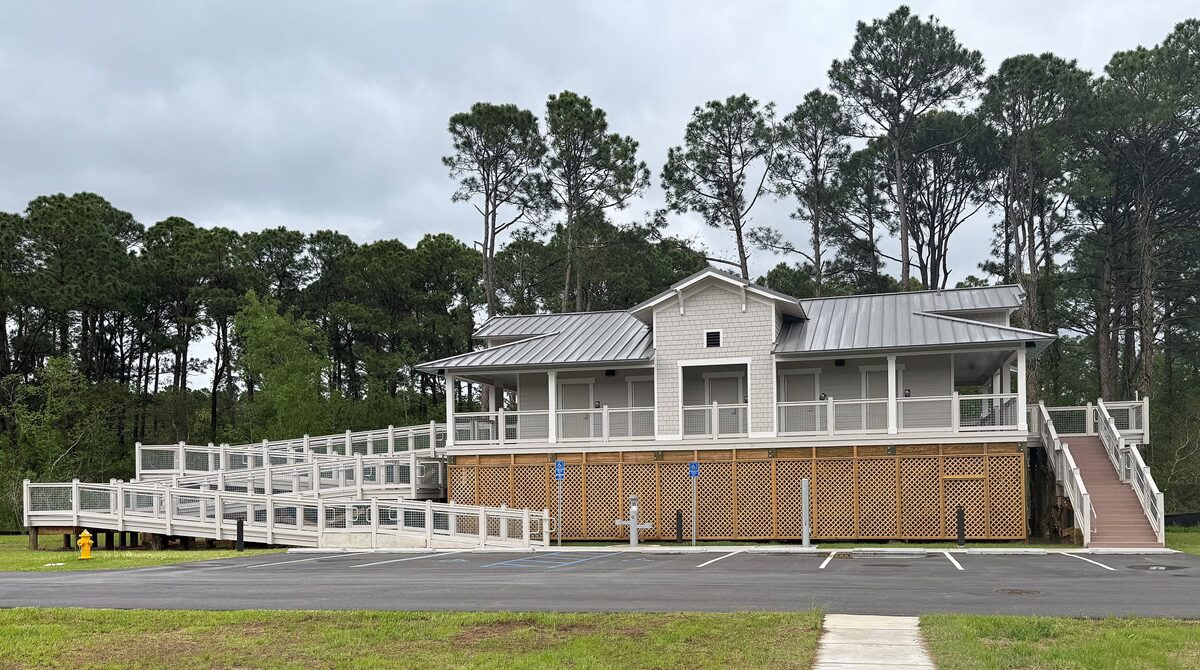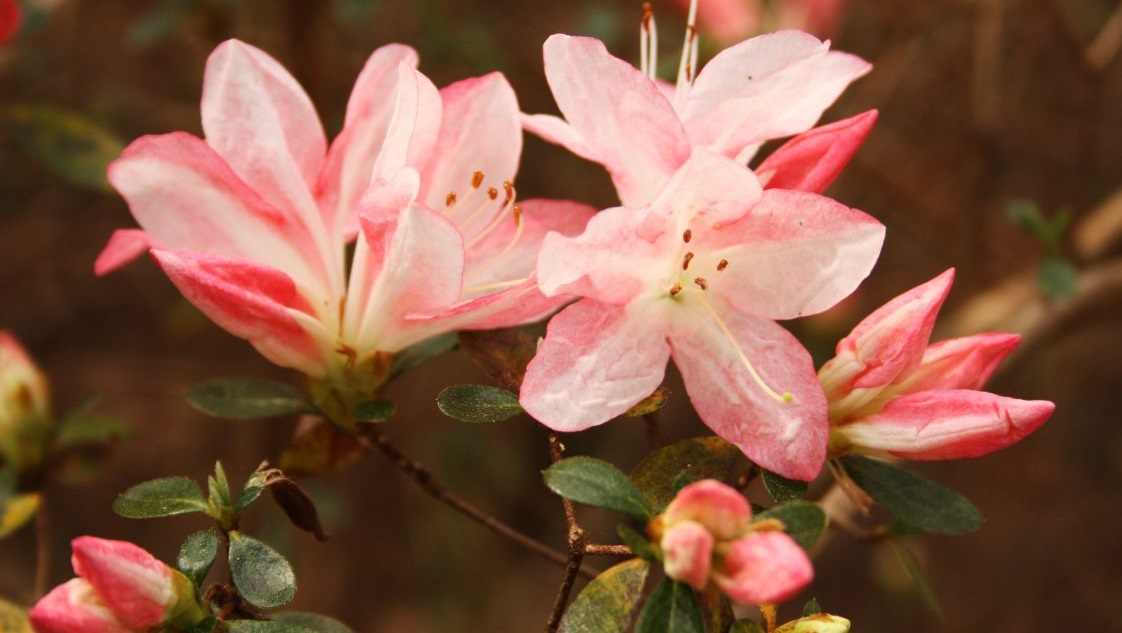This Alabama garden offers winter-to-summer plant ideas

Forman Garden in full bloom last summer. (Birmingham Botanical Gardens)
It was a cold, blustery January day when I first discovered the Forman Garden tucked on the northern side of the Conservatory. I was walking briskly toward the warmth of the glasshouses when a burst of translucent, blush-pink blooms caught my eye. The profusion of flowers seemed odd in the depths of January. I quickly detoured toward the soft pink haze to learn more about this intriguing winter-flowering tree. Hanging on the branch was a sign that read:
JAPANESE APRICOT
Prunus mume ‘Josephine’
Rosaceae
Rose Family
I made a mental note that we need more of these trees around Birmingham, since it seemed to be thriving in its location. It was a perfectly timed bloom, at a moment when you feel as if winter will never end, and its flowers gave a glimmer of hope that spring would indeed come. I learned something unexpected that chilly morning, something I wanted to apply in my own way.
Unbeknownst to me, in that instant, I was fulfilling the vision of the Forman family. The intent of the garden is both to teach local gardeners and to delight visitors from afar with an ever-changing display of color, creating interest in the garden throughout the year. Each day brings new opportunity and promise in the Forman Garden.
The garden honors the late James Ross Forman Jr., who was an avid Birmingham gardener. Jim and his wife, Mary, downsized to a townhouse just up Lane Park Road from the Gardens, and with a smaller home came a smaller garden. The couple, though, didn’t let tighter space constrain their passion for gardening, and it didn’t take long for the front garden to become a community favorite. New brick terraces were installed on the slope next to the front driveway. Often passersby would spot the couple in the garden and pull off the road to ask the names of plants so they could re-create the combinations at their own home. When Jim passed away in 2002, his family chose to establish a garden in his memory across the street at the Gardens to continue his legacy of teaching others how to create brilliant displays.
Conceived by noted gardener and native plant advocate Weesie Smith, who collaborated with Nimrod Long for the architectural design and installation, the Garden is a stage for a rousing, yearlong show of floral color. From those first heralding blooms of the Japanese apricot in January, the cast evolves into Lenten roses and sweet-scented paperbush, which give way in spring to the bright faces of Iceland poppies, envious peony blooms and delicate Carolina silverbells, followed by a summer chorus of baptisia, phlox, lantana, zinnias, black-eyed Susans, coneflowers and daisies, and finally an epilogue featuring serviceberry’s vibrant fall leaves.
It is because of the continuing generosity of the Forman family that curious gardeners do not need to wait to catch a fellow gardener on the side of the road to answer questions, but instead can stroll through this beloved Garden, which is always in bloom. And maybe on your next visit something might just capture your attention out of the corner of your eye as it did mine and divert your gardening path to a newfound joy.
(Editor’s note: Hendry joined the Friends of Birmingham Botanical Gardens two years ago as Garden Assessment Project leader. On any given day, one might find her researching in the archives, developing design plans, helping install new plantings or talking about her work as a horticulturist and landscape designer.)
The story originally appeared in the Birmingham Botanical Gardens magazine, The Garden Dirt.













